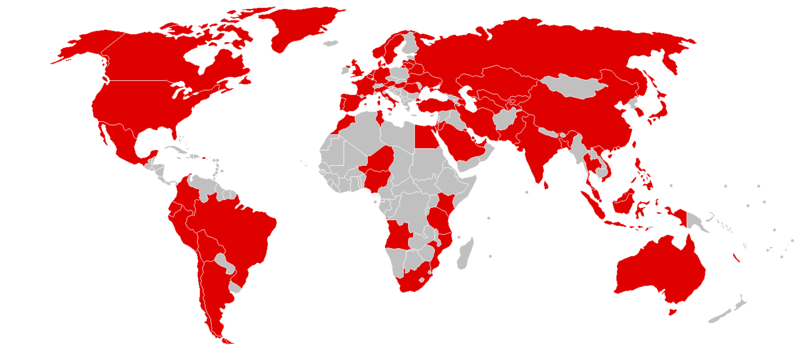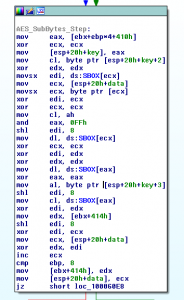Ransomware is in the news again, with Reckitt Benckiser reporting that disruption caused by the NotPetya ransomware could have cost them up to £100 million. In response to this news, just as every previous ransomware incident, the security industry started giving out advice – almost universally emphasising the importance of not opening phishing emails.
The problem is that this advice won’t work. Putting aside the fact that such advice is often so vague as to be impossible to put into action, the cause of recent ransomware outbreaks is not people opening phishing emails:
- WannaCry, which notably caused severe disruption to the NHS, spread by automated scanning of computers vulnerable to an NSA-developed exploit. Although the starting point was initially assumed to be a phishing email, this was later debunked – only network scanning was used.
- The Mole Ransomware attack that hit many organisations, including UCL, was initially thought to be spread by employees clicking on links in phishing emails. Subsequent analysis found this was incorrect and most likely the malware spread through malicious advertisements on legitimate websites.
- NotPetya was initially thought to have been spread through Russian or Ukrainian phishing emails (explaining why that part of the world was so badly affected). It turned out to have not involved phishing at all, but the outbreak started through a tampered software update to the MEDoc tax accounting software mandated by the Ukranian government. Once inside an organisation, NotPetya then spread using the same exploit as WannaCry or by compromising administrative credentials.
Here are three major incidents, making international news, and the standard advice to “be vigilant” when opening emails or clicking links would have been useless. Is it any surprise that security advice gets ignored?
Not only is common anti-phishing advice unhelpful but it shifts blame to individuals (who are not in a position to prevent or mitigate most attacks) away from the IT industry and staff (who are). It also misleads management into thinking that they can “blame-and-train” their employees rather than investing in well engineered preventative security mechanisms and IT systems that can recover from compromise.
And there are things that can be done which have been shown to be effective, not just against the current outbreaks but many in the past and likely future. WannaCry would have been prevented by applying software updates, but the NotPetya outbreak was caused by a software update. The industry needs to act promptly to ensure that software updates are safe and reliable before customers become even more wary about installing them.
The spread of WannaCry and NotPetya within companies could have been prevented or slowed through better operational practices such as segmenting networks and limiting the use of administrative privilege. We’ve known this approach to be effective, but better tools and practices are needed to avoid enhanced security mechanisms being a drag on an organisation’s productivity.
Mole could have been prevented by ad-blocking browser extensions. The advertising industry is in open war against ad-blocking because it harms their income stream, but while they keep on spreading malware through their networks I have limited sympathy.
Well maintained and protected backups are essential to allow recovery, whether from ransomware, purely destructive attacks, or hardware failure. The security techniques above are effective, but these measures will not prevent every attack so mechanisms are needed to efficiently deal with the aftermath.
Most importantly we need to move away from security being a set of traditions passed from generation to generation with little or no reason to believe they are effective (so called “best practice”) to well engineered systems following rigorous, evidence-based guidance on state of the art cybersecurity principles, standards and practices.







